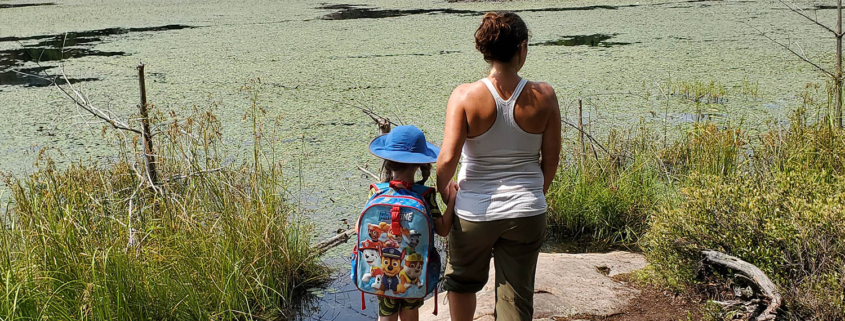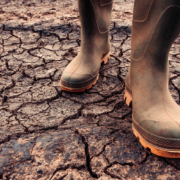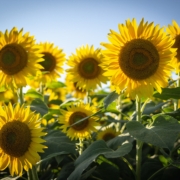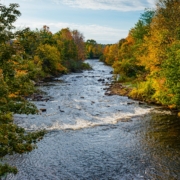Change is Constant
Change is constant. We know this, but just how aware of change are we? If I asked you whether the moon was waxing or waning and at what time and where you would see it in your sky tonight, would you be able to answer without asking Google? The moon is a constant reminder of change. Each month, Moon guides us through a cycle of death and rebirth; she guides the oceans’ tides to ebb and flow and encourages our own inner waters to pause and stir. If we are unable to feel Moon, to notice her moods and offerings, then what else are we missing?
How attuned are we with the mice, the frogs, and the birds? Do we notice the native hare turning white in the way that we notice the leaves changing colour? Do we notice the shift from hearing singing robins to cawing blue jays? How often do we notice that the frogs have stopped serenading us and leaping about? These are ways that nature reminds us that change is constant. Yet, we seldom pause long enough to be with nature, let alone to pay attention to the implications of nature’s signals and reminders.
To me, understanding climate change is about reconnecting with ourselves. When I am in a constant state of doing, I disconnect from the earth. I run myself ragged with a constant state of busyness which begins to deplete my energy reserves. As my energy tank hits empty, I begin to push and berate myself for my lack of productivity. I begin to put eating and sleeping on the low-priority list, which perpetuates a cycle of distress, and leaves my body wide open for dis-ease.
The more dis-ease I feel, the poorer my choices become. I turn up less than a friend, a mother, a partner, and a community leader, and I become unavailable as a steward of the earth. When I lose my relationship with Earth, I lose my ability to heal. Healing with the earth is a relationship that requires presence—mine and Earth’s. When I am sick, so too are the plants and animals in my care. When I am well, I am supported by Earth’s rhythms and healing gifts.
Climate change, just like the moon’s cycles, is happening. You could debate whether climate change is a natural occurrence or man-made, but what you cannot deny, when you are one with the earth’s rhythms, is the feeling of a mother’s erratic heartbeat as she grieves, or the sight of seasonal changes in the plants and animals. And to see or feel these things, you must be present. Presence is impossible when you are in a constant state of motion. Presence requires slowing down and witnessing.
To find climate change is to learn the names of the 13 Moons, as spoken by Indigenous people in your area, and to witness the syrup run two weeks before its full moon or the blackberries ripen three weeks before their moon.
To find climate change is to notice, in your daily connection to the land, that the different black birds—crows, grackles, rusty blackbird, and redwing blackbird—have migrated 2 weeks earlier than usual.
To find climate change is to watch the frenetic pace at which mice and chipmunks forage, and the intensity of spiders eagerly trying to get indoors while it is still 30 degrees outdoors.
Change is constant, but if we have no awareness of what ‘constant’ even is—what it looks like and feels like—then we cannot possibly notice that it is change; therefore, making it easier to deny that we, as human beings, have any role in contributing to climate change or any need to help stop it. To be constantly unaware is like having a permission slip to ignore the aching heart of the earth. The price we pay is an aching in our own hearts. We are all connected, whether we want to be aware of the depth of our connection to each other or not. Where there are healthy people, there is a healthy natural environment. Regardless, the return to a healthy way of being must start with awareness—awareness of what is and what is not—and that can only happen when we reconnect to Earth’s rhythms of constant change.
By Tawny Stowe
(Photo Credit: Tawny Stowe)

 Tawny Stowe
Tawny Stowe Envato Elements (Licensed)
Envato Elements (Licensed) Bonnie Kittle (Unsplash)
Bonnie Kittle (Unsplash) Stephen Walker (Unsplash)
Stephen Walker (Unsplash) Markus Spiske, Unsplash
Markus Spiske, Unsplash
 Gift Lake Métis Settlement
Gift Lake Métis Settlement

